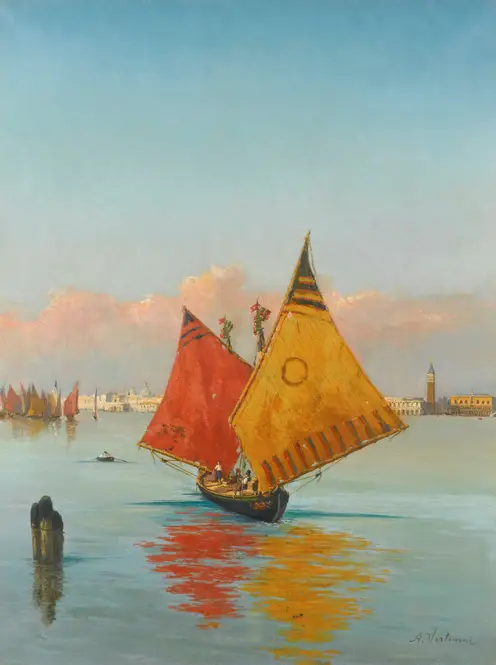Claude Monet’s ‘Pond with Water Lilies’ (1907) immerses the viewer in a dreamlike expanse of floating blossoms and shimmering reflections. The surface of the water dissolves into a mosaic of color—soft pinks, purples, and greens blurring the line between reality and abstraction. Brushstrokes dance with spontaneity, capturing the fleeting play of light as if the pond itself were alive. Monet’s obsession with his garden at Giverny reaches its zenith here; the painting feels less like a scene observed and more like a whispered secret between artist and nature.
There’s a quiet rebellion in the way Monet ignores the horizon, focusing instead on the water’s ever-shifting surface. Lily pads cluster and drift, their edges melting into liquid sky. Shadows deepen where the pond swallows the trees, while dappled sunlight fractures into a thousand fleeting impressions. This isn’t just a painting—it’s a meditation on impermanence, a fleeting moment stretched into eternity.


-full.webp)
-full.webp)

-full.webp)
-full.webp)

-full.webp)
-full.webp)
-full.webp)